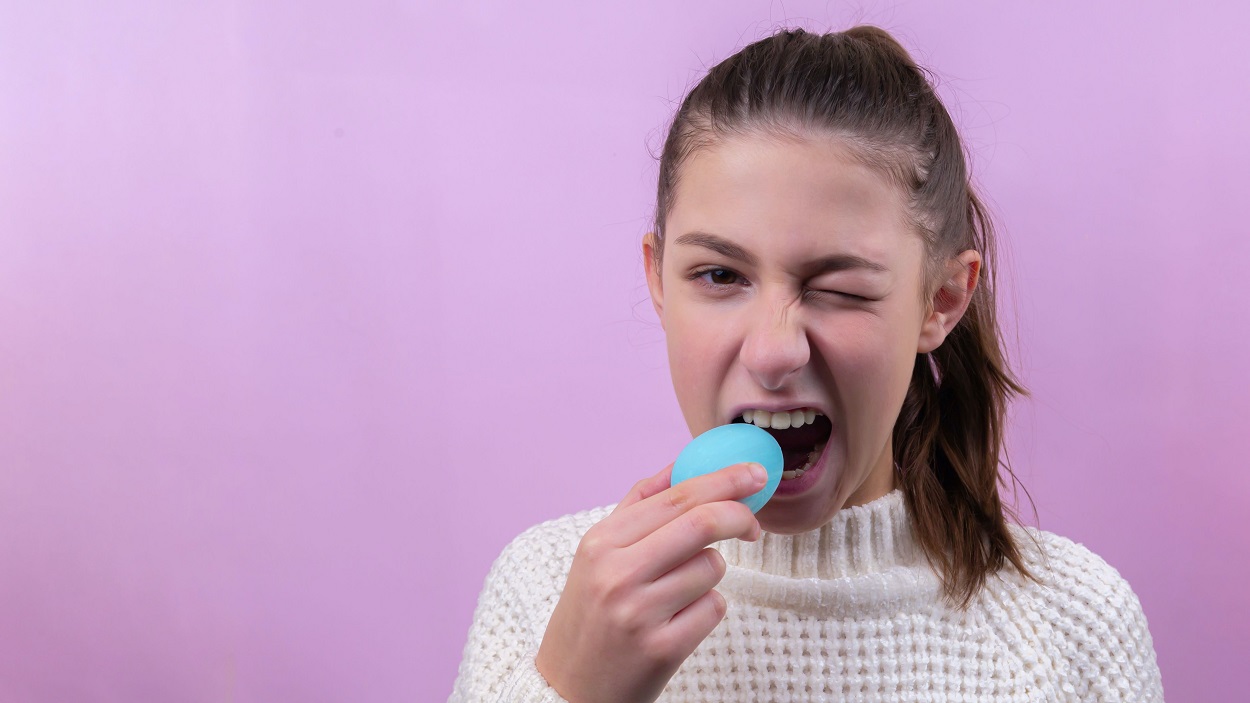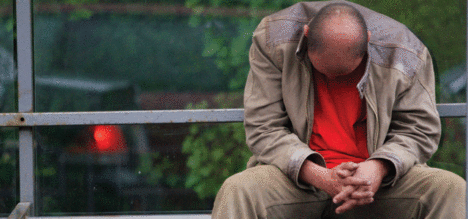
During medieval times, eating eggs was forbidden during Lent (the 40 days before Easter). Any eggs laid were saved and decorated to celebrate on Easter Sunday. Apparently, everyone enjoyed tucking into their eggs too.
While the modern chocolate Easter Egg carries a little less meaning, and quite a few more calories, many families still enjoy what could be considered a good “old fashioned” Easter Egg hunt.
But before you head to the shops this year, here seven things you might want to know about your chocolate Easter Eggs.

(Credit: Tim Gouw)
- Before plastic, Easter Eggs were made with cardboard.
During the 17th and 18th centuries, fillable eggs were made out of cardboard and covered with satin. At least chocolate Easter Eggs won’t go soggy in the rain!
- Some chocolate Easter Eggs look like dinosaur eggs—and there’s a good reason.
The scaly, crocodile-like pattern you often see on chocolate Easter Eggs was specifically developed to hide mistakes and imperfections. Hundreds of years ago German chocolatiers developed the practice to help keep their Easter Eggs looking as tasty as possible.
- Kids used to beg—not hunt—for Easter Eggs.
Children in 16th century northern England and Scotland used to go from door to door reciting rhymes in exchange for eggs, cheese, bacon and other items to add to their families’ Easter meals. I’m not sure kids these days would be so keen?
- Easter Eggs aren’t just found by children—they might be made by them too.

(Credit: Dziana Hasanbekava)
According to the recently released Chocolate Scorecard, many of the world’s largest chocolate producers are not doing enough to ensure Child Labour doesn’t form part of their supply chain. The good news? The Chocolate Scorecard will help you make more ethical and sustainable choices for this year’s Easter Eggs.
- 500 million Cadbury Crème eggs are made each year!
It may not come as a surprise, but the Cadbury Crème egg is amongst the most popular choice of treats over Easter. But even so, it’s difficult to comprehend that on average more than 1.5 million of these gooey, sweet eggs are produced ever single day!
- Kids get more than 8 eggs each on Sunday morning.
Reports out of the UK suggest that the average child gets (and probably eats) 8.8 chocolate Easter Eggs on Easter Sunday. All that chocolate adds over 8,000 calories to a child’s daily intake (that’s about the amount of energy used to run 100km)—so if you can, encourage your children to pace their eating.
- Eggs are not “the reason for the season”.
Given the advertising and stacked supermarket shelves, it may come as a surprise that chocolate Easter Eggs are not the reason Easter exists. The Easter Story dates back more than 2000 years to the life, death, and resurrection of Jesus Christ. At Easter, Christians around the world take time to acknowledge, celebrate and accept Jesus’ sacrifice and the free gift of eternal life He secured for all.
To learn more about the real Easter story, read Lyle Southwell’s ‘The Truth About Easter’ here.

(Credit: Getty Images)
Braden Blyde is a freelance writer based in Adelaide, South Australia. When not writing, Braden can be found riding bikes or getting outdoors with his family.









